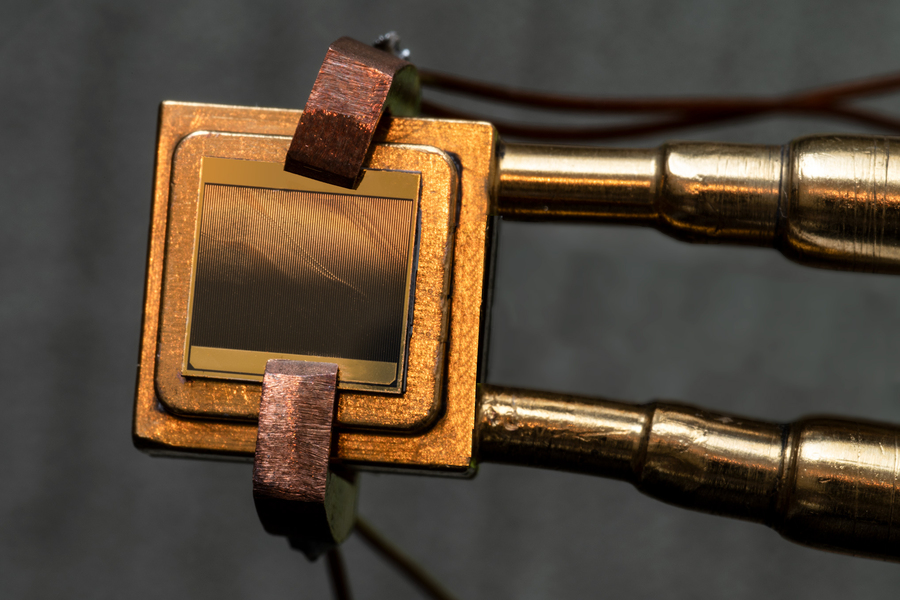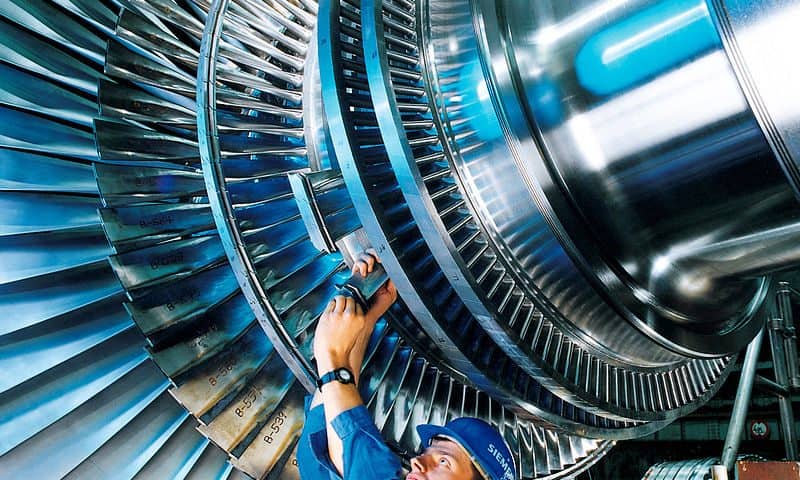New Design – A Heat Engine With No Moving Parts

Carbon emissions are one of the biggest issues when discussing global warming and environmental pollution. However, many companies are doing their share to reduce their carbon footprint, like using solar power instead of relying on fossil fuels.
While companies are using existing tools and technology to reduce carbon emissions from their plants and factories, researchers are finding new methods for carbon emission reduction.
New heat engine
MIT engineers and the National Renewable Energy Laboratory have developed a new design of a thermal heat engine that can reduce carbon emissions. The tool they have designed does not have moving parts. The team’s demonstrations of how their heat engine works show that it can convert heat to electricity. So far, the efficiency they have achieved is more than 40 percent. The new heat engine’s performance far exceeds a traditional steam turbine’s capacity.
Features of MIT’s heat engine
MIT’s heat engine is a thermophotovoltaic (TPV) cell. It is similar to the photovoltaic cell of a solar panel. It can passively capture high-energy photons from white-hot heat sources before changing them into electricity.
The team’s heat engine can generate electricity from heat sources between 1,900 to 2,400 degrees Celsius. They plan to integrate the heat engine into a grid-scale thermal battery to absorb excess energy from the sun and other renewable sources. They will then store the captured energy in banks of hot graphite with heavy insulation. Then, when the need for energy arises, the TVP cells can convert the stored heat into electricity, sending it to a power grid.
With MIT’s TPV cell, the research team successfully showed the primary parts of the system using different small-scale and separate experiments. Their end goal is to scale up the system to replace the power source of power plants and decarbonize the power grid with a continuous supply of renewable energy.
According to Asegun Henry, the Robert N. Noyce Career Development Professor in MIT’s Department of Mechanical Engineering, TPV cells are the last step in showing that thermal batteries are viable. The research team’s heat engine is a critical step in propagating renewable energy and helping power grids eliminate carbon emissions.

Solid-state alternatives
Over 90 percent of the electric power in the world comes from fossil fuels, concentrated solar energy, and nuclear energy. For more than 100 years, the steam turbine has been the industrial standard to convert heat sources into electricity.
The steam turbine, on average, converts about 35 percent of a heat source into electricity. The highest efficiency any heat engine can achieve is around 60 percent. However, most of this type of machinery depends on temperature-limited moving parts. Turbines cannot handle heat sources higher than 2,000 degrees Celsius.
Recently, many scientists looked into solid-state converters, such as heat engines with no moving parts, which have the potential to work efficiently despite the higher temperatures.
TPV cells meet the needs. They can produce the TPV cells from semiconducting materials with a specific bandgap like solar cells. This refers to the gap between the conduction band and the valence band of material. If the material absorbs a high-energy photon, it can push the electron across the bandgap, where it can conduct and generate electricity without using moving blades or rotors.
Higher efficiency
The MIT research team’s new TPV design intends to capture higher-energy photons from heat sources with higher temperatures so that energy conversion becomes more efficient. MIT’s new cell uses multiple junctions and materials with a higher bandgap.
They fabricated the cell using three primary parts: a high-bandgap alloy on top of a lower bandgap alloy. Underneath the two layers is a layer of gold with a mirror-like finish. The first layer captures energy from the heat source. The second layer captures anything that escapes capture by the first layer. The gold mirror reflects the photons that manage to escape the second layer back to the original heat source. As such, the process does not waste any energy.
The team conducted several tests to check the cell’s efficiency. With heat sources ranging from 1,900 to 2,400 degrees Celsius, the new cell reached 40 percent efficiency.
The U.S. Department of Energy supports the research. Prof Henry says that the infrastructure to make large-scale photovoltaic cells already exists. It could be adapted to produce TPVs. Their tests indicate sustainability, safe technology, and help to reduce the carbon emissions power plants create to generate electricity.